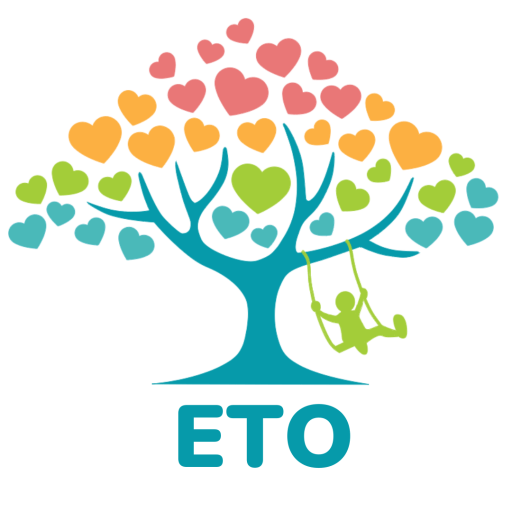This month at Educational Toys Online, we're taking a look at cognitive development. Though we hear this term often and know it's important, it isn't always clear what this means for your child. Simply put, cognitive development is all about gaining thinking skills, and learning to perceive, process, store and retrieve information. It's how children come to understand how the world works and covers a broad range of skills including attention, memory, language, perception, reasoning and decision-making.
What does this have to do with Problem Solving?
Problem solving is made possible through cognitive development and having the skills listed above, in your problem solving toolbox! Take a look at some of the steps involved in problem solving:
- Gathering & Organising Information
- Identifying the Problem
- Generating Ideas and Solutions – What might work?
- Deciding on a Solution – What is the best idea?
- Implementing a Solution – Let’s give it a go!
- Evaluating the Solution – What worked? What didn’t work?
We use our perceptive skills and ability to pay attention to gather and organise information to tell us what the problem is. We use our working and long-term memory to prioritise our attention and work with this information, ready for future use when tackling the problem. We need our language, reasoning and decision-making skills to first: discuss, brainstorm and explore possible solutions to the problem, and second: to rationalise which solution we should try and evaluate how well it works!
Researchers suggest that these critical thinking skills are not only building the foundations for life-long learning and both school and workplace success. Through successful problem solving, your children build self-confidence and self-esteem, and develop a sense curiosity and motivation to take on new, more challenging activities!
How toys can help
Not only do toys make learning fun, but choosing the right toys at the right developmental stage for your child can make play time extremely meaningful! We’ve had a look at the research and put together a list of five toys that will assist your child’s cognitive development and start fostering problem-solving skills from an early age!
1. Rattles
According to research even very young children can start to develop their reasoning skills through learning about ‘cause and effect’. Rattles are perfect for infants to discover this concept as they connect the movement of shaking the rattle to the noise it creates! As they grow, the ‘cause and effect’ relationship feeds into their ability to reason, ‘If I do this, then this will occur’. This gives children greater control over their environments and an understanding of how things work!
3. Blocks
Blocks are great for children of all ages! For kids under 2 years, stacking big blocks on top of each other helps foster perception and an understanding of the relationships between shapes and how they fit together. When attempting to balance blocks on top of each other to make a tower, they can learn to problem solve. For example, by discovering that if they create a bigger base for the tower it can be built higher without collapsing!
As kids grow older, they can explore more complex structures and brainstorm different ways of building bridges or figures etc. To achieve this, they must identify the task and plan how they will achieve it by brainstorming possible ways of building the structure, before choosing the best option and giving it a go! Should this plan not work, they must reassess their options and try another plan - encouraging flexible thinking and reasoning!
3. Puzzles
Puzzles require problem solving skills from start to finish. Children must select from an array of pieces of all shapes and sizes that will fit into an open space. This requires their perception and attention to determine what the piece should look like and the use of their reasoning and decision-making skills to select the best suited piece. If the piece doesn’t fit they must problem solve and look for an alternate solution – rotating the piece to make it fit, or selecting a new piece!
And don’t forget - the result of a completed puzzle can be a great confidence boost!
References
Clavio, J. & Fajardo, A. (2008). Toys as instructional tools in developing problem-solving skills in children. Education Quarterly, 66(1), 87-100.
Guyton, G. (2011). Using toys to support infant-toddler learning and development. YC Young Children, 66 (5), 50-56.
Vick Whittaker, J. (2014). Good thinking !: Fostering children's reasoning and problem solving. YC Young Children, 69 (3), 80-89.

